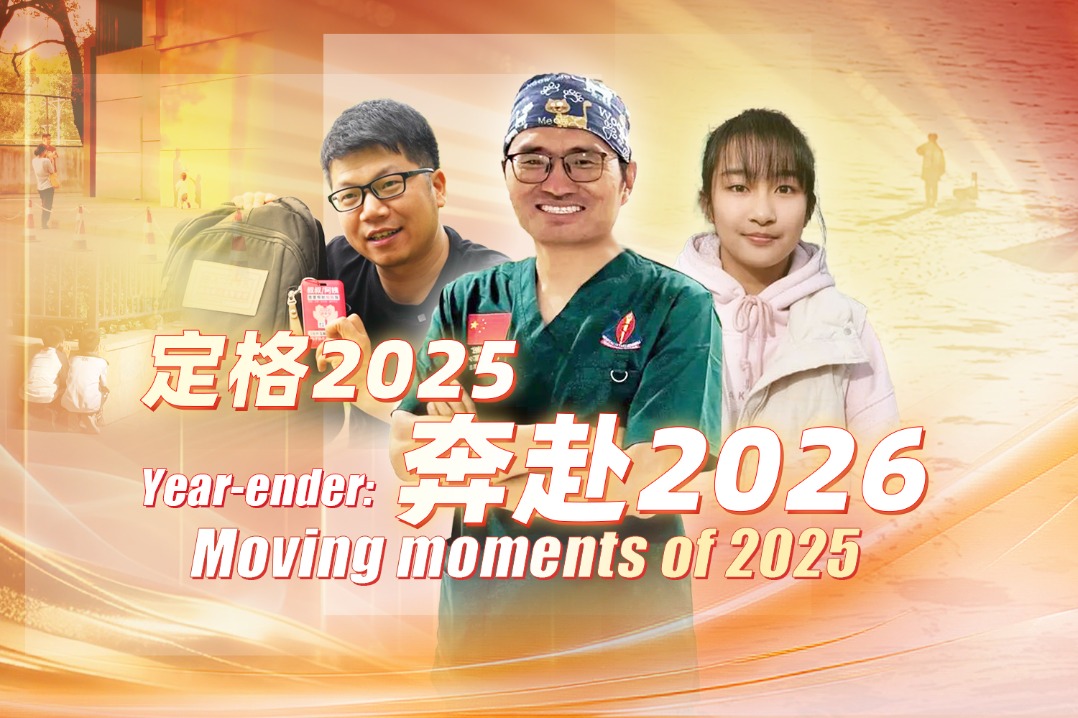Real estate revival creates policy space to accelerate recovery
China Daily | Updated: 2023-11-14 08:17

In the first three quarters, China's economy maintained a recovery trend, laying the foundation for achieving the annual economic growth goal of about 5 percent. However, the foundation for recovery still needs to be solidified.
To control their highest inflation over the past more than 40 years, the United States and some European economies sharply raised interest rates last year. That has produced serious negative spillover effects.
China has not adopted negative interest rates or zero interest rates, nor has it adopted excessive quantitative easing monetary policies. China's policymakers have focused on providing liquidity support and measures to promote growth. But due to the negative spillover effect of the US Federal Reserve's monetary policy, coupled with the scar effect brought by the three-year COVID-19 pandemic, developing economies, including China, have entered a low-price stage in their consumer markets.
In October, both the consumer price index and the producer price index of industrial products in China maintained negative growth, falling 0.2 percent and 2.6 percent respectively compared with the same period last year. The CPI and the PPI are leading indicators of the economy. In the seven months from March to October this year, China's CPI fluctuated within the narrow range of-0.3 to 0.3 percent, maintaining an overall low level since October last year.
Over the past year, China's PPI has been in the range of-0.7 to-5.6 percent. Although affected by the Russia-Ukraine conflict and the Palestine-Israel conflict, the overall PPI remains low, and its transmission mechanism to CPI, which takes about six months, is still not evident.
In particular, China's manufacturing purchasing managers' index remains below 50, the contraction-expansion line, a clear indication that China's economic recovery still needs to be further stabilized.
Relevant data also show the obvious impact the reduced real estate investment is having on related industries during the adjustment of the real estate industry.
Yet, with the development of the real estate industry gradually returning to normal, the new real estate development model will bring about the acceleration of the construction of government subsidized and affordable housing, and drive the economic recovery by gradually reinvigorating the upstream and downstream industries. That will provide more room for prudent monetary policy and proactive fiscal policy to ensure a healthy and balanced economic recovery while upgrading the economic structure.
























